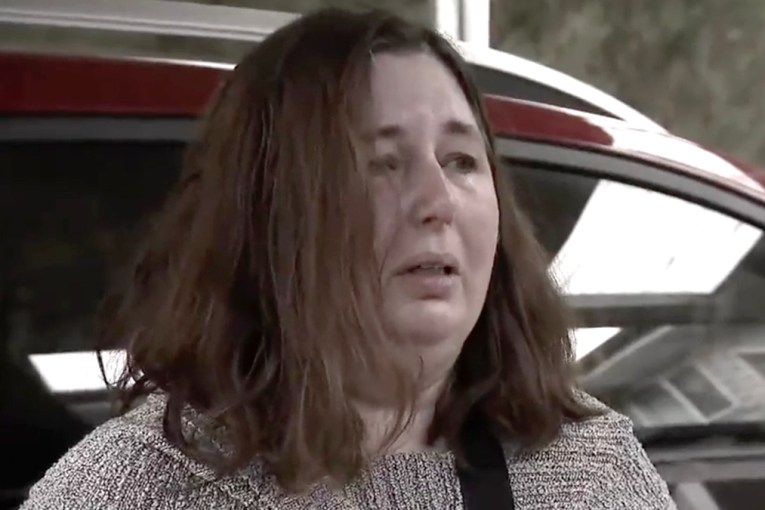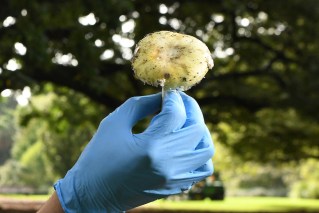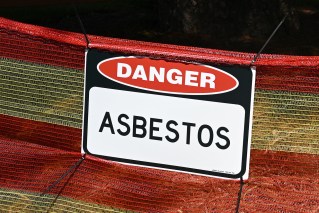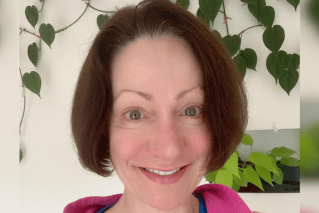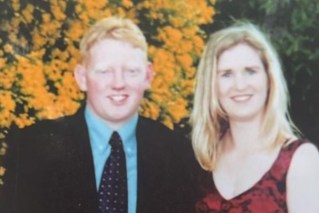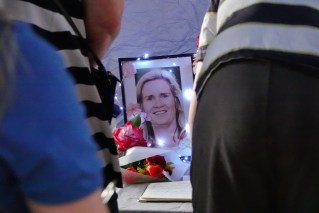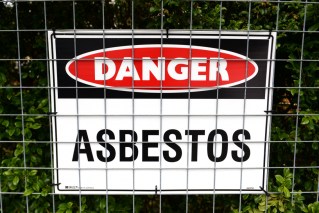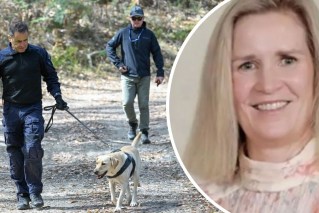Early votes hold key in election
Millions of people will head to the polls in today’s Victorian election, but a record number of early voters could mean a result is not known for days.
More than 1.1 million people, or 30 per cent of those enrolled, took the opportunity to fill out their ballot papers early.
In 2010, 768,483 people cast their votes before election day.
• Victorian Election: the big issues
• Labor set to win Victorian election: poll
• Govt considers ‘backdoor’ GP fee
• Bronwyn Bishop shows parliament who’s boss
The polls, including the ABC’s Vote Compass survey, have consistently pointed to a Labor Party victory, which would see Labor’s Daniel Andrews take the reins as premier.
But both sides have conceded the result would come down to a handful of marginal seats.

Denis Napthine (right) and Daniel Andrews. Photo: AAP
A victory by Mr Andrews would mean incumbent Denis Napthine and the Coalition would become the first one-term government in 60 years.
However, when the Liberal’s Ted Baillieu was elected in 2010, polls had also been predicting a Labor win.
Voting booths open at 8am (AEDT) and will close at 6pm tonight.
ABC election analyst Antony Green said the result might not be as close as some suggest.
“With the opinion polls consistently showing above 52 per cent for Labor, I suspect it won’t be close,” he said.
“If it is 52 per cent statewide, then I don’t think it matters about the pre-poll votes.
“I think we’ll have enough votes on the counter on election night to have a reasonable view of the final result.”
The Victorian Electoral Commission’s Sue Lang said extra resources would be devoted to the crucial seats.
“Where the outcome of a district is pivotal to the overall election result tonight, we’ll be having a look at those very closely,” she said.
“We can send extra counting resources to make sure that we’ve got some counting happening in those districts tomorrow.”
Coalition ‘can be trusted’ to manage economy
Dr Napthine has overseen the minority Coalition Government since he became premier in 2013 following the surprise resignation of Mr Baillieu.
He has never contested an election as party leader and focused his campaign on his Government’s economic record and big-ticket infrastructure projects.
Speaking to the ABC, Dr Napthine said the key issue in this election was who could be trusted to manage the economy.
“I keep hearing from Victorians that they believe this will be a tough and tight election,” he said.
“They’re telling me that they are going to vote on who they can trust to run the economy well.
“Who they can trust to deliver the 21st century schools and hospitals; who they can trust to use the economic strength we have in Victoria to build the infrastructure we need.
“That’s what the Victorian people want, and that’s what the Coalition is offering.”
He said voters did not what a “CFMEU, union-dominated Labor Party running the state”.
Labor focus on health and education, coping with growth
Mr Andrews was health minister in the Brumby government and took over as opposition leader following the election loss in 2010.
Health and education have been at the forefront of his pitch for voters, and he said Victorians want change.
“Skills underpin jobs; we’ve got a TAFE system that’s on its knees,” he said.
Victoria votes: The numbers
- There are 3,781,696 voters on the electoral roll
- 12.7 million ballot papers will be printed
- 200,000 pencils will be used
- 41,064 cardboard items (e.g.voting screens, ballot boxes) will be used.
- There are 1,784 voting centres open across Victoria on election day.
“We’ve got a failure to invest in our health system, in fact we’ve seen cutbacks – those cutbacks hurt patients, ambulances that have not kept up with growth.
“Those minutes extra actually cost lives.”
Mr Andrews said keeping pace was a significant challenge facing the state, but Labor had “outlined an optimistic and positive plan” to address Victoria’s problems.
“I want to find the hospital beds that are there, but aren’t open,” he said.
“I want to get rid of those 50 dangerous and congested level crossings because sequences of infrastructure projects is important and until we get rid of those… we can’t run more trains.
“The basics, they have to be fixed. And then we can have a proper conversation about the medium-term and the long-term.
“There’s no shortage of work to do, we just need a government with the energy and experience and determination to not waste even one day.”
Greens believe balance-of-power is within its grasp
There is also significant focus on the Legislative Council, or Upper House, where either the Greens or a number of micro parties could hold the balance of power.
Greens leader Greg Barber said the party had a good chance of claiming victory.
“None of the big parties are getting anything like a majority, and in the Upper House where proportional representation is the counting method, you would expect to see a balance of power Upper House,” he said.
The party is also trying to unseat Labor in the four inner-city seats of Melbourne, Richmond, Brunswick and Northcote.
“We’ve put in an enormous amount of effort, we’ve been going door to door to door and talking to people,” Mr Barber said.
“We think we can repeat the type of result that Adam Bandt did we he got re-elected in inner-Melbourne, and he did it even without preferences from other parties.”
A record number of candidates are contesting the 2014 election, with 789 candidates from registered political parties running for office as well as 107 independents.
It has surpassed the previous tally of 711 candidates in 2010.
Ballarat, Melbourne sand belt seats could define result
The sand belt seats of Bentleigh, Carrum, Mordialloc and Frankston were crucial in the 2010 campaign and have become even more marginal since last year’s electoral redistribution.
Green believed that string of urban seats, as well as the regional city of Ballarat, could define the result.
“This election was always going to be decided in and around Ballarat, in a collection of regional seats that Labor’s held for more than a decade and the Coalition needed to try and grasp back,”
“And in a string of urban seats, down the Frankston line and up in the north-east corner of Melbourne.”
Early voting centres had been opened at 11 interstate and 32 overseas locations.
There are 88 districts in Victoria for the Lower House, with around 43,000 electors in each.
There are also eight voting regions for the Upper House, where around 470,000 people in each casting a ballot for five members to represent them.
